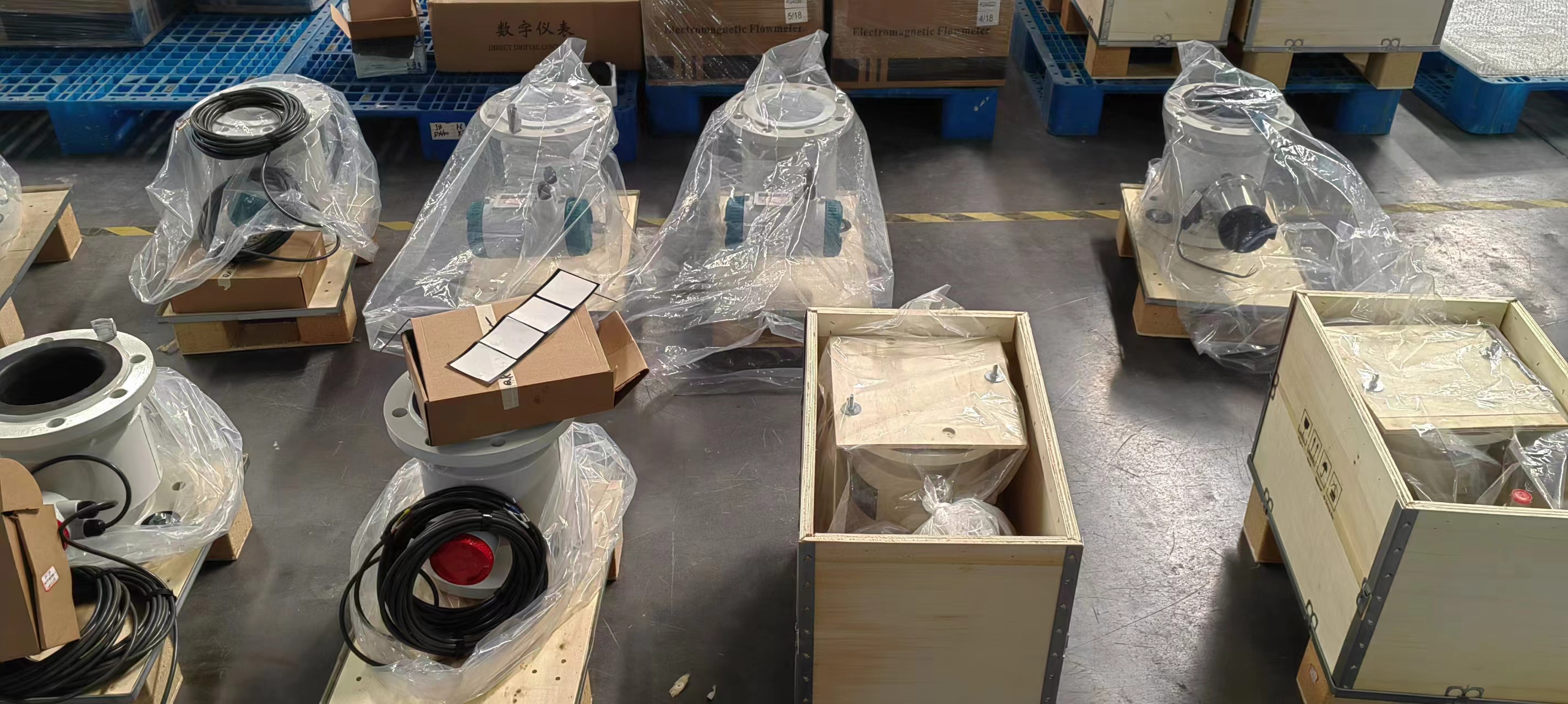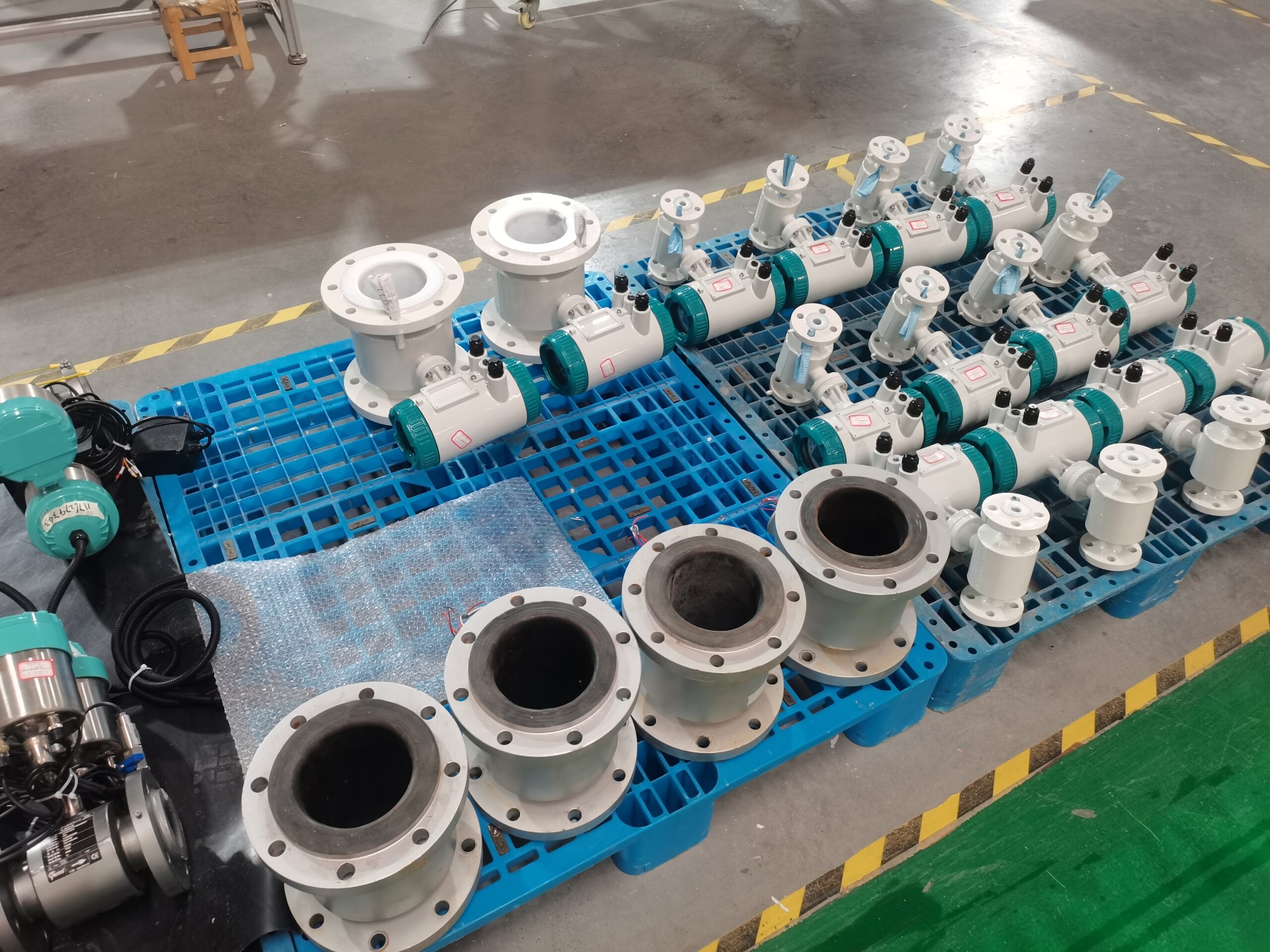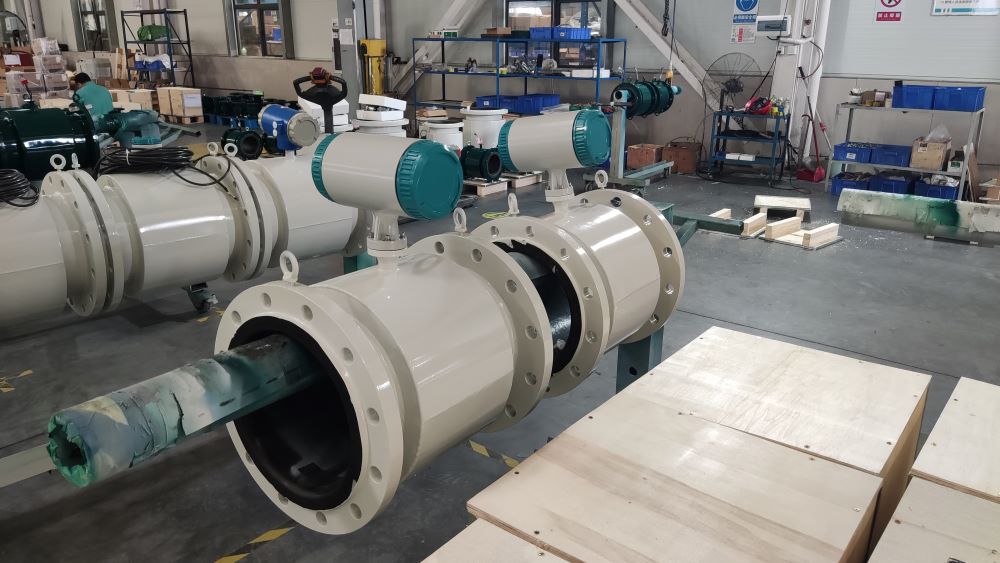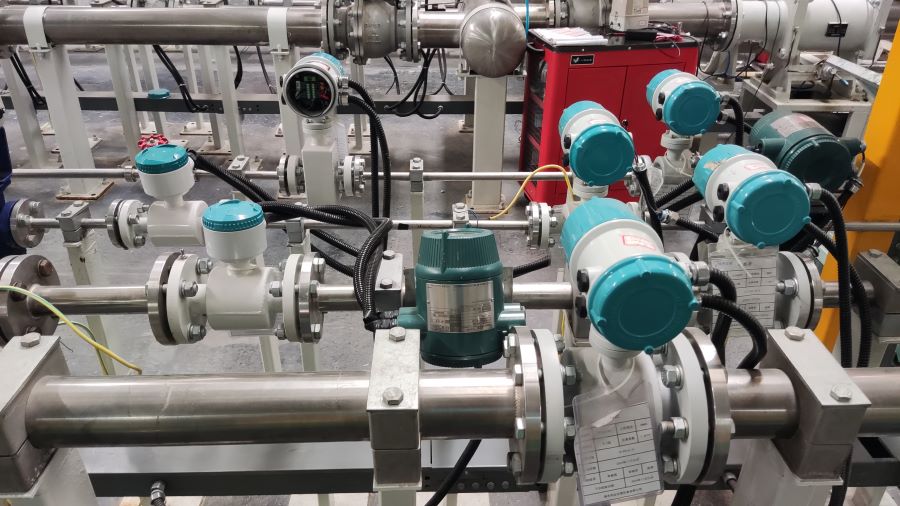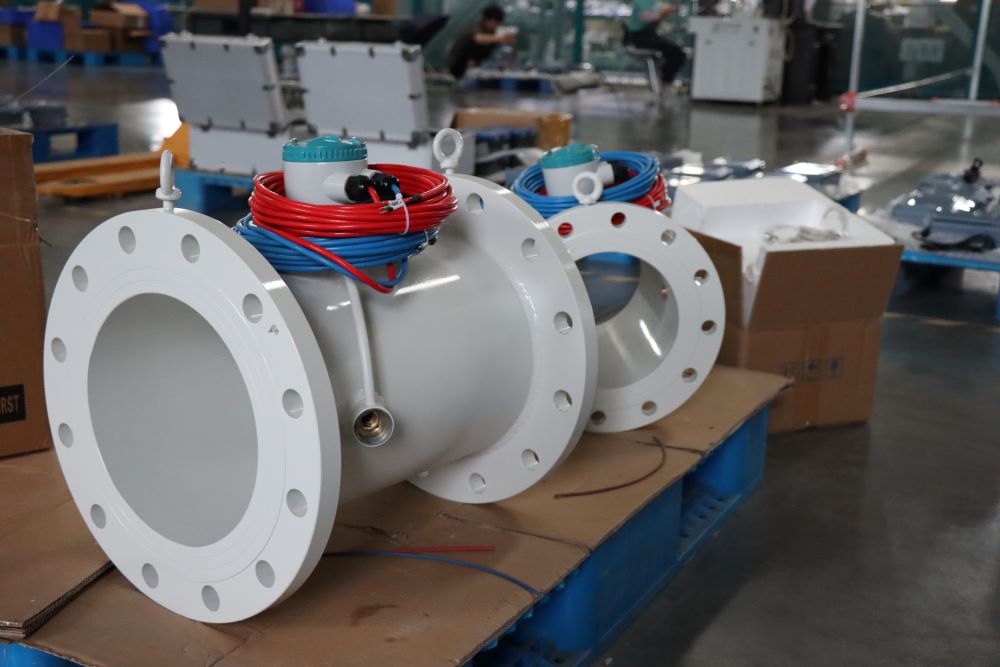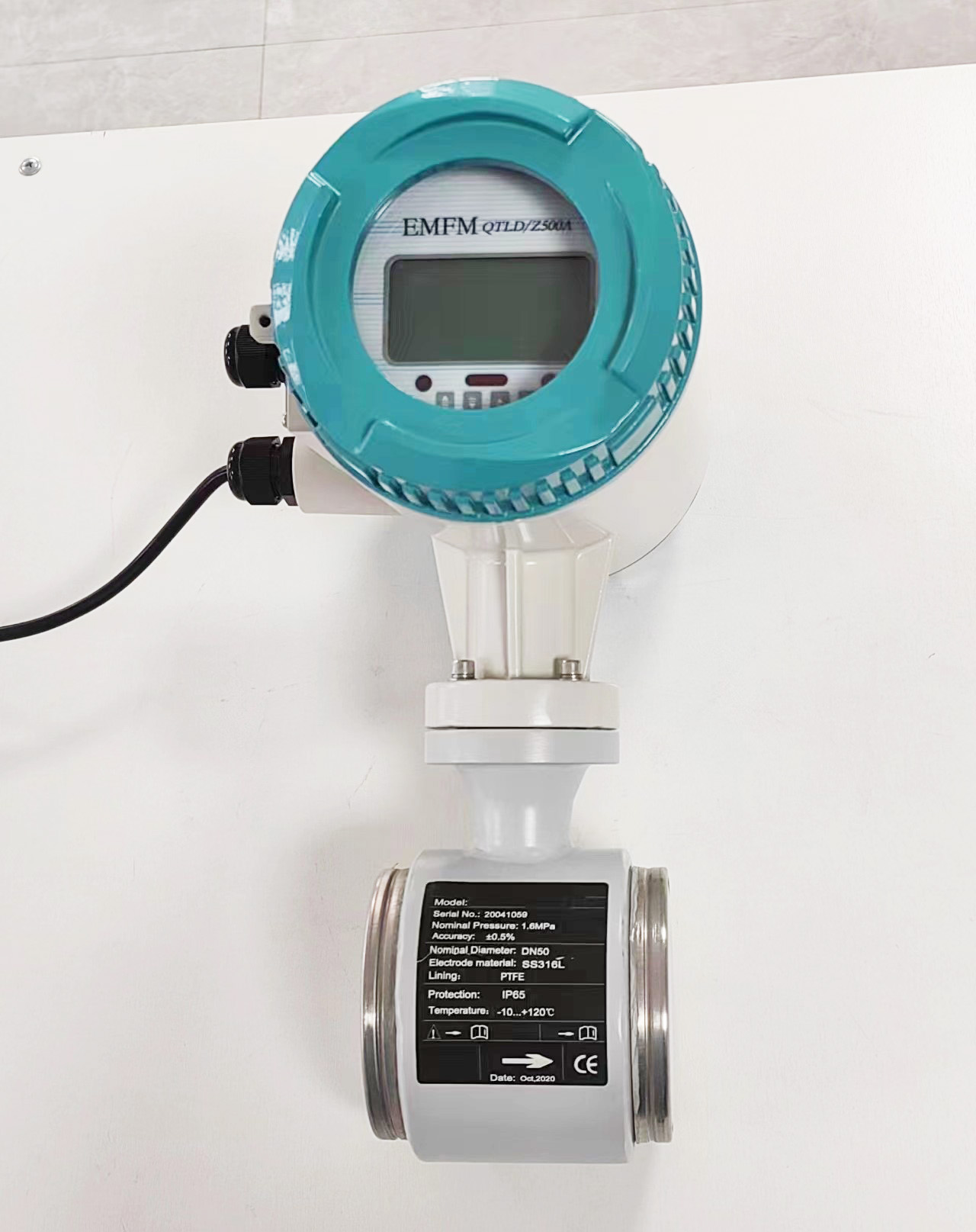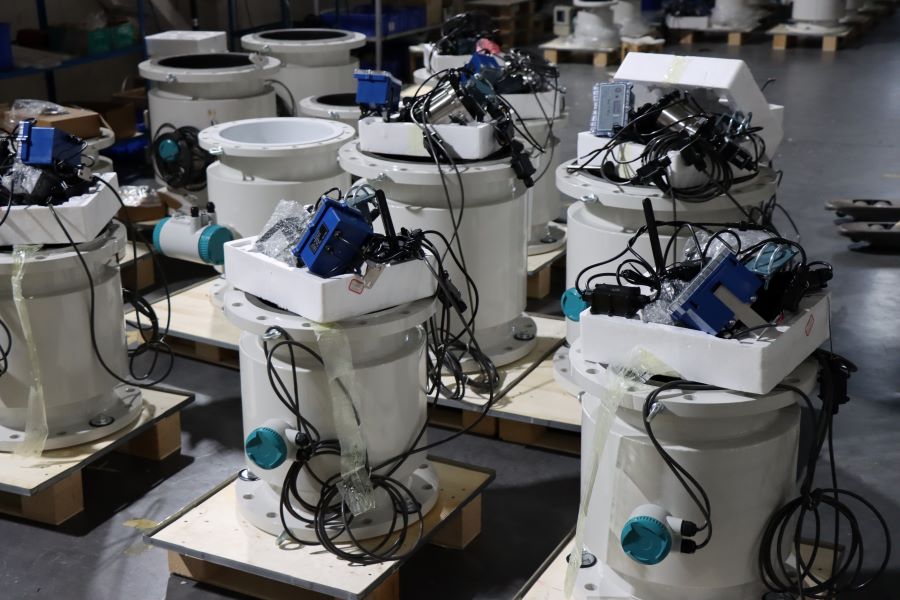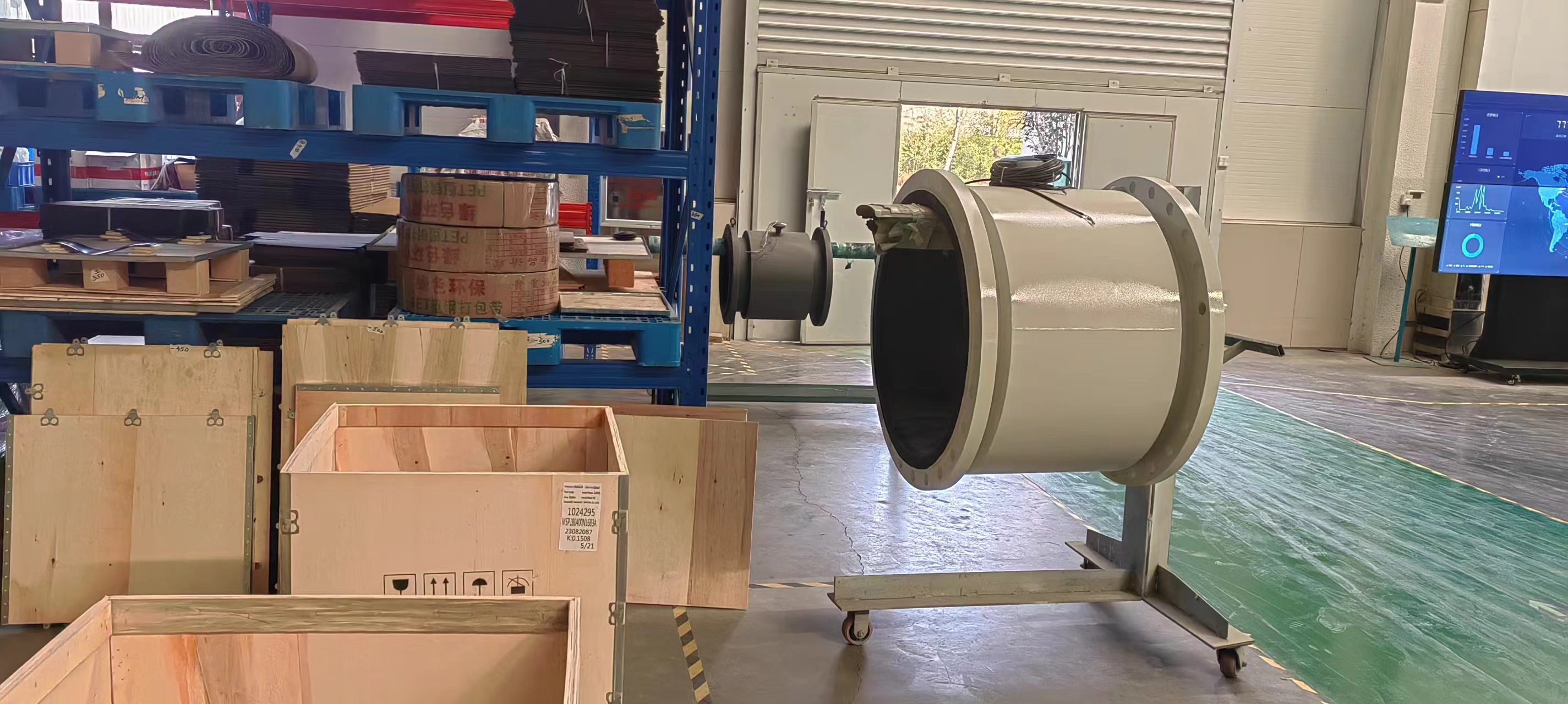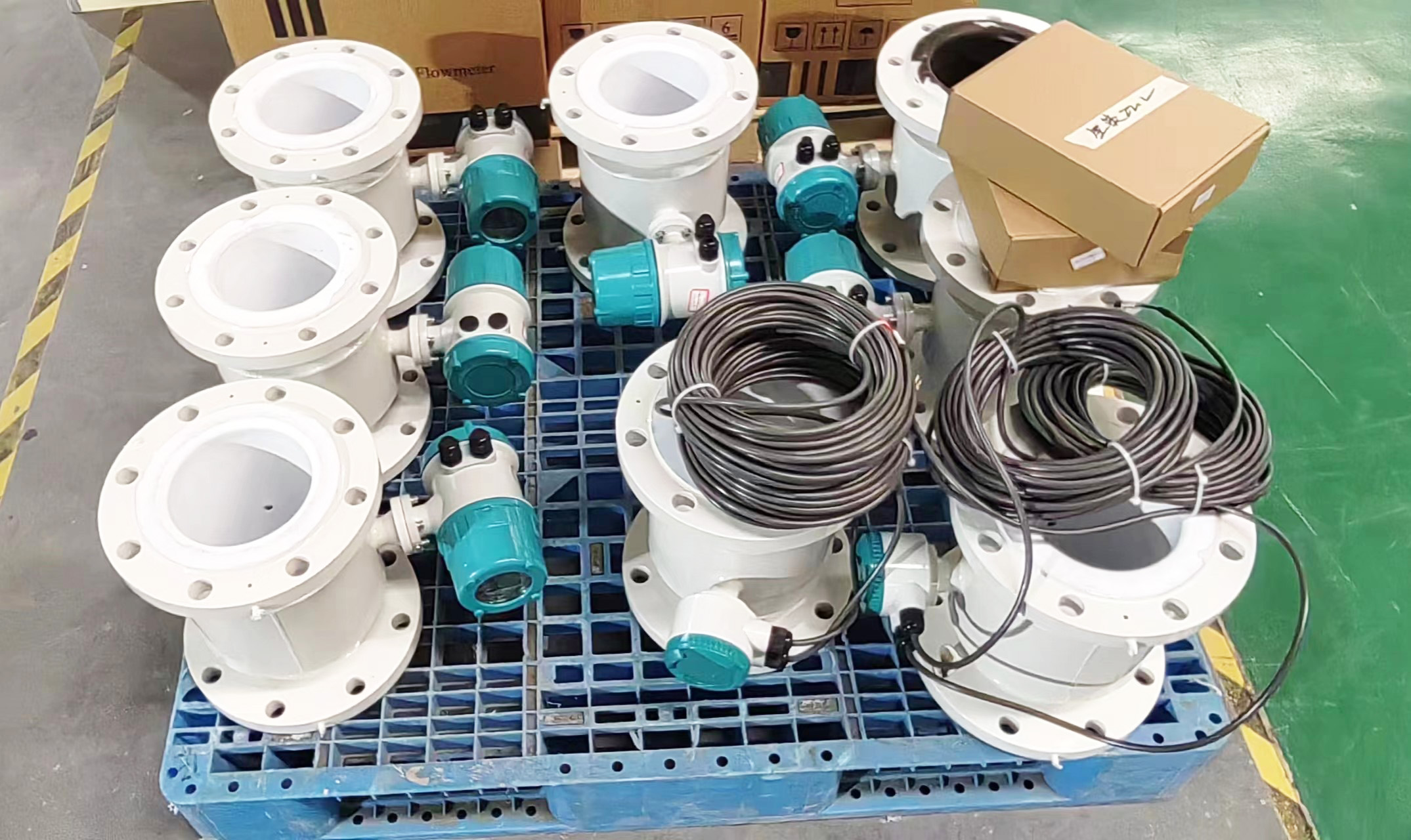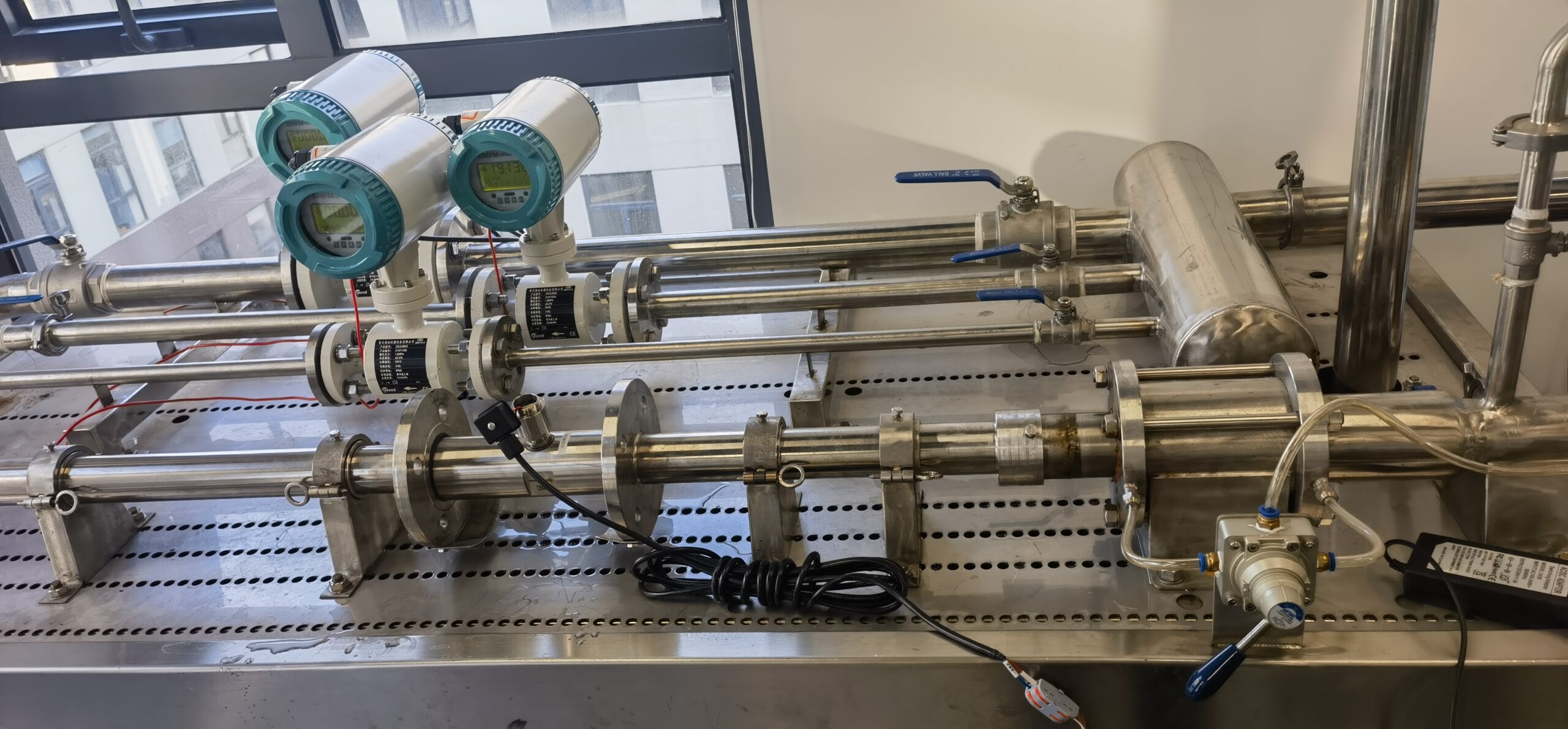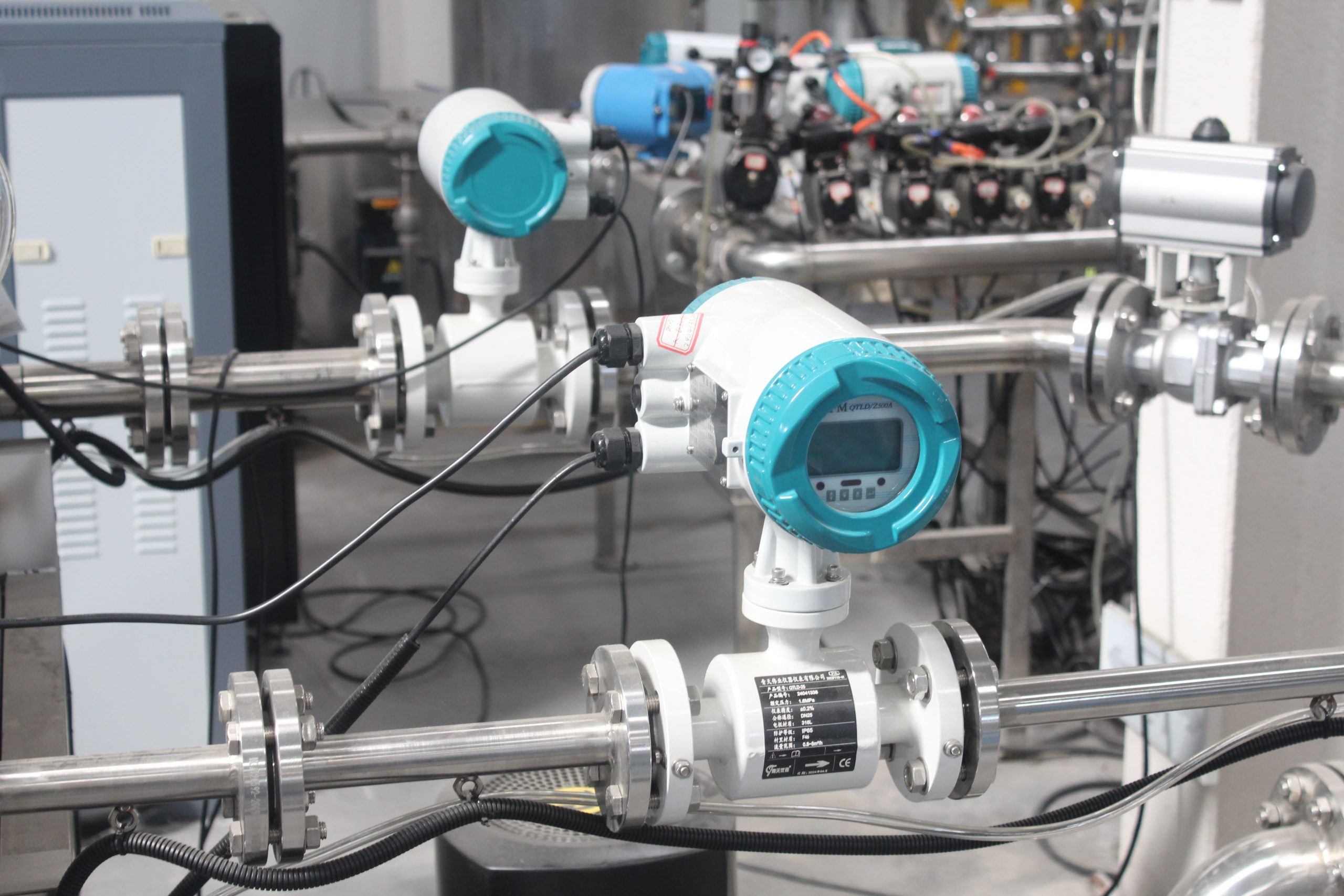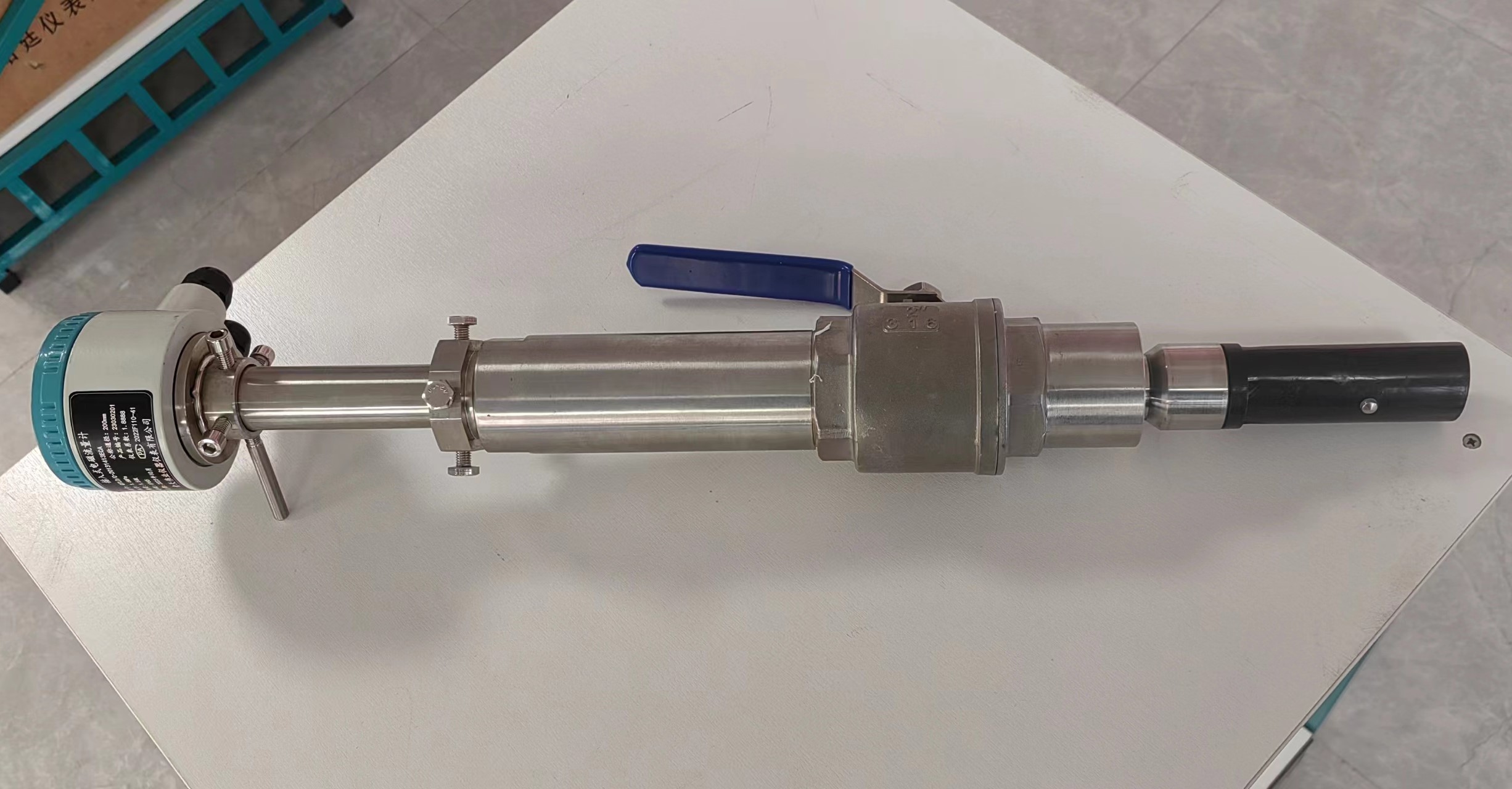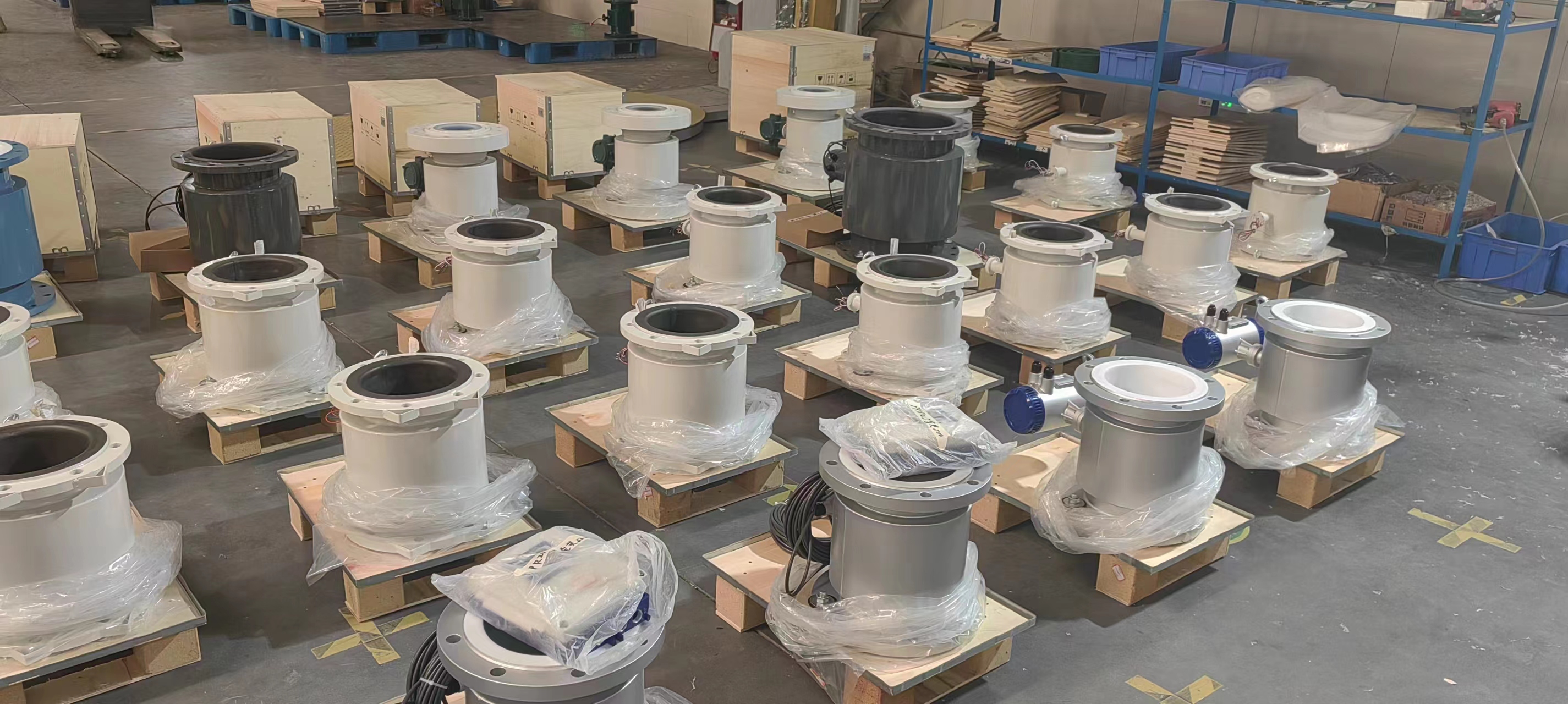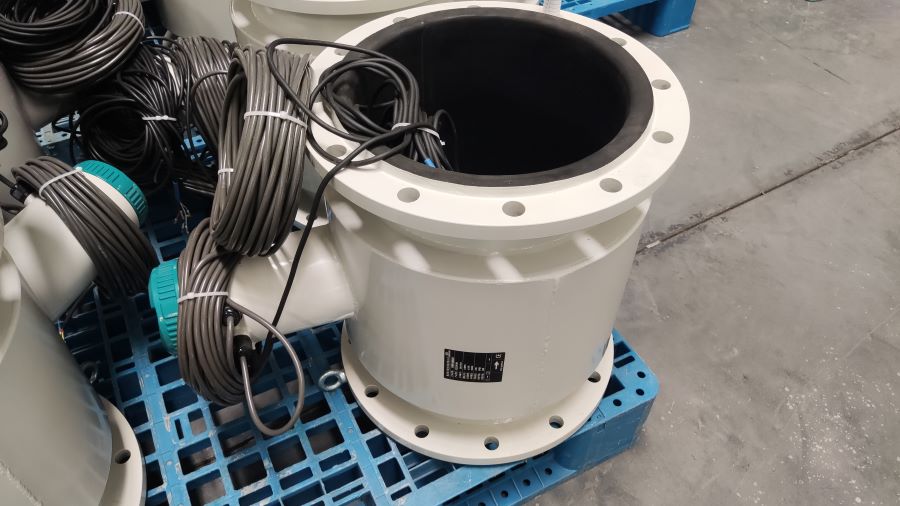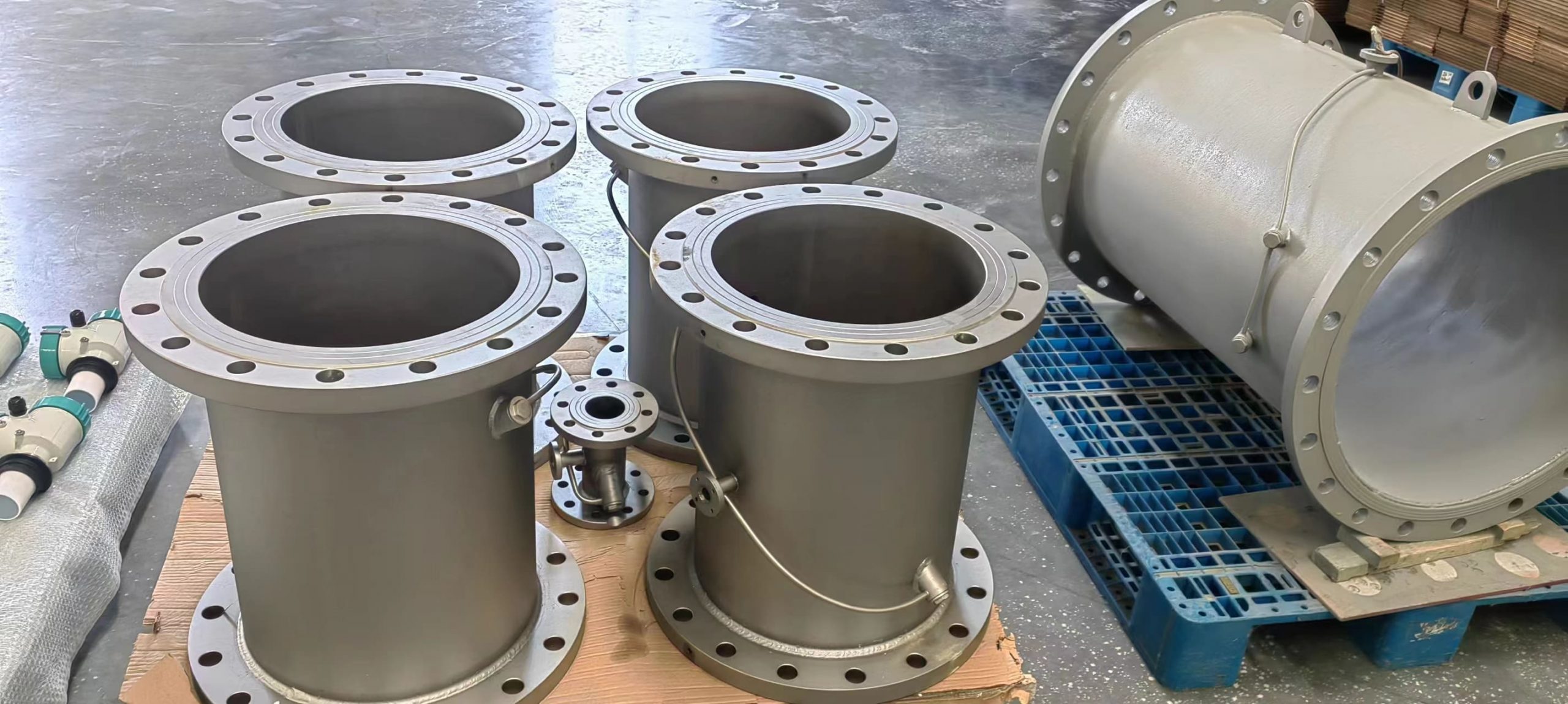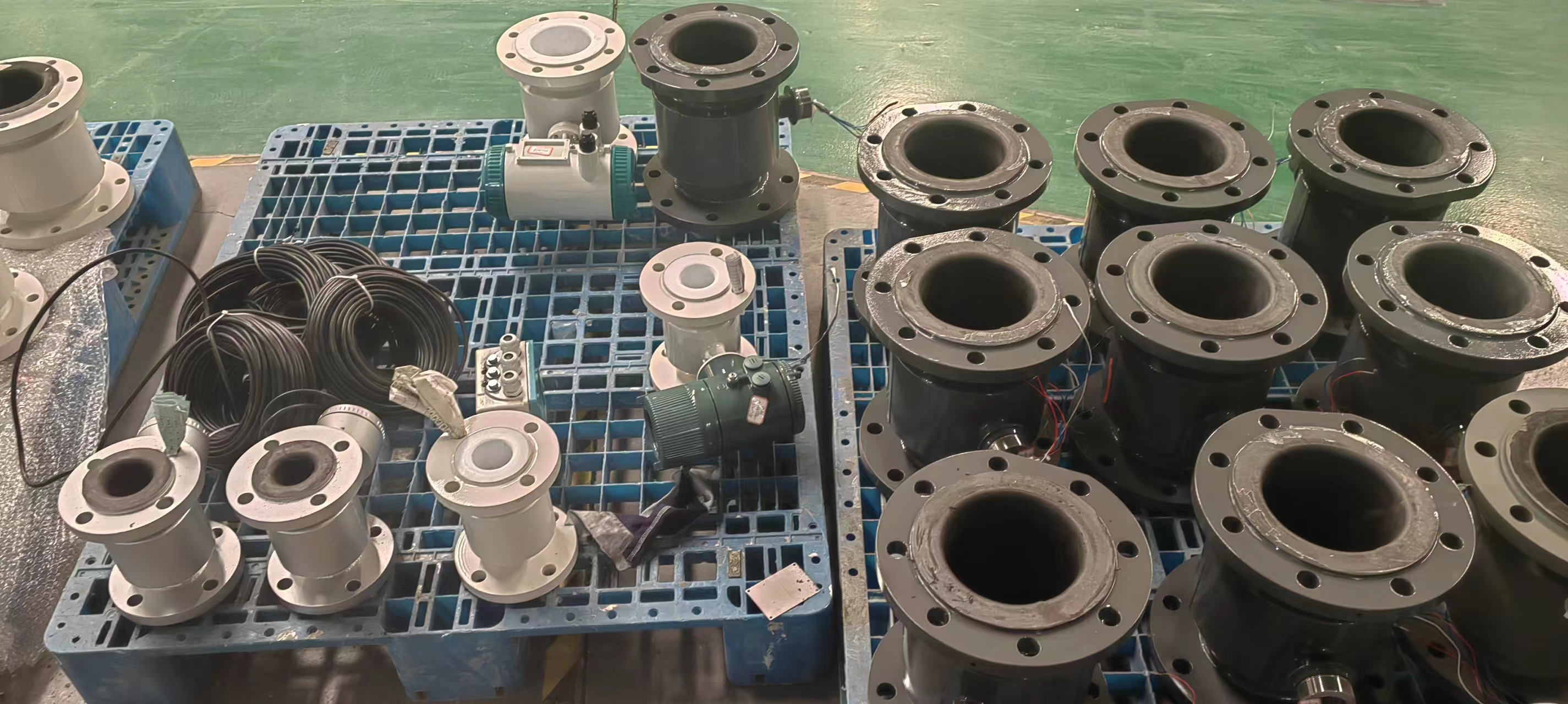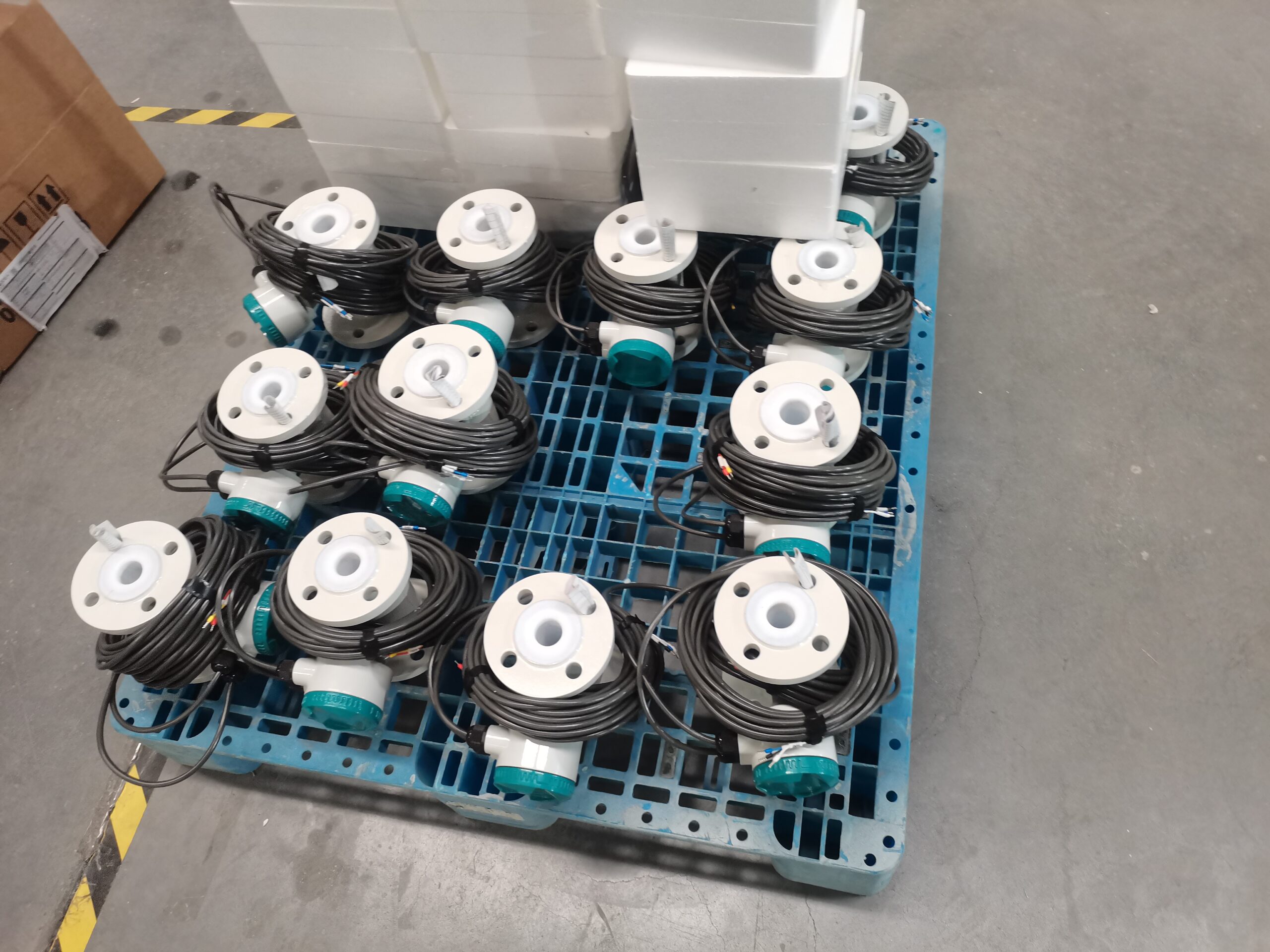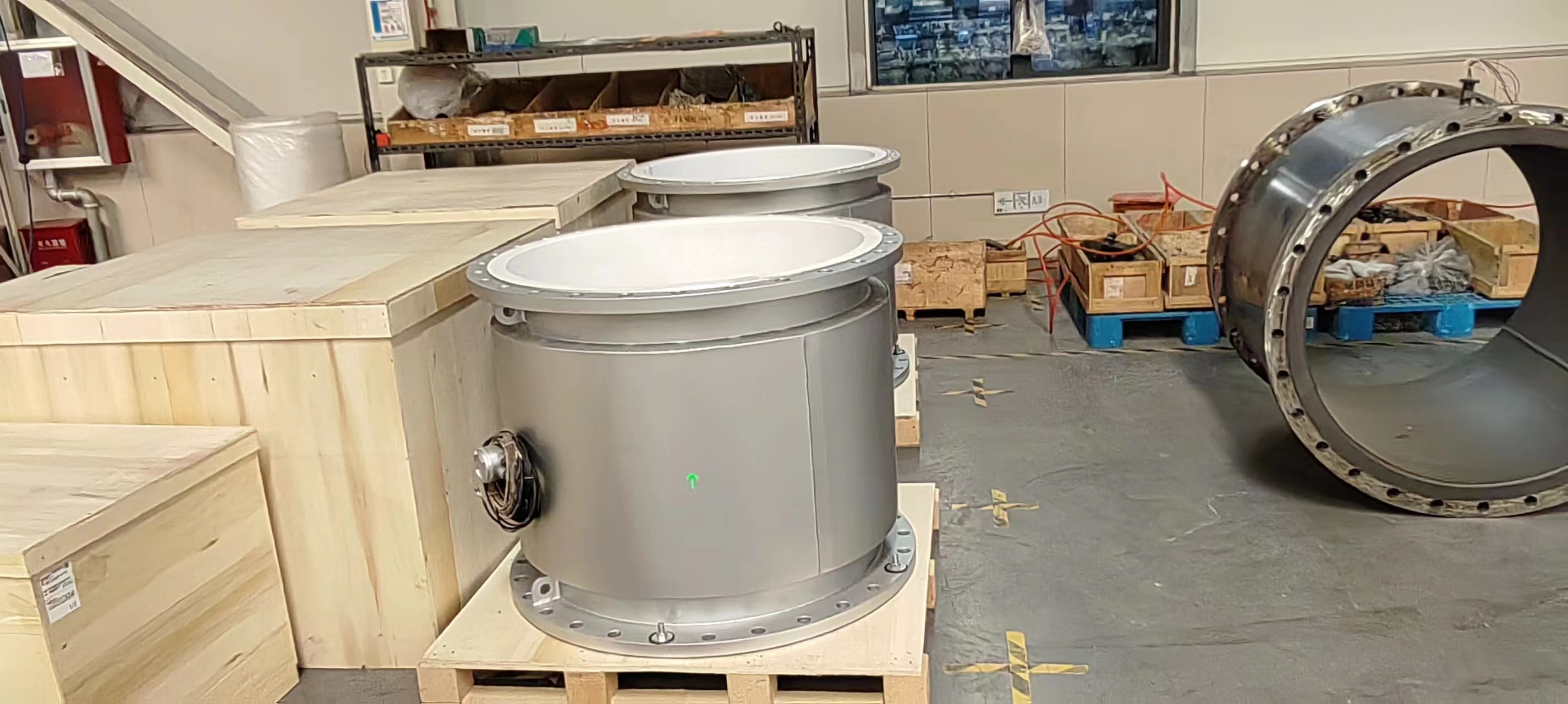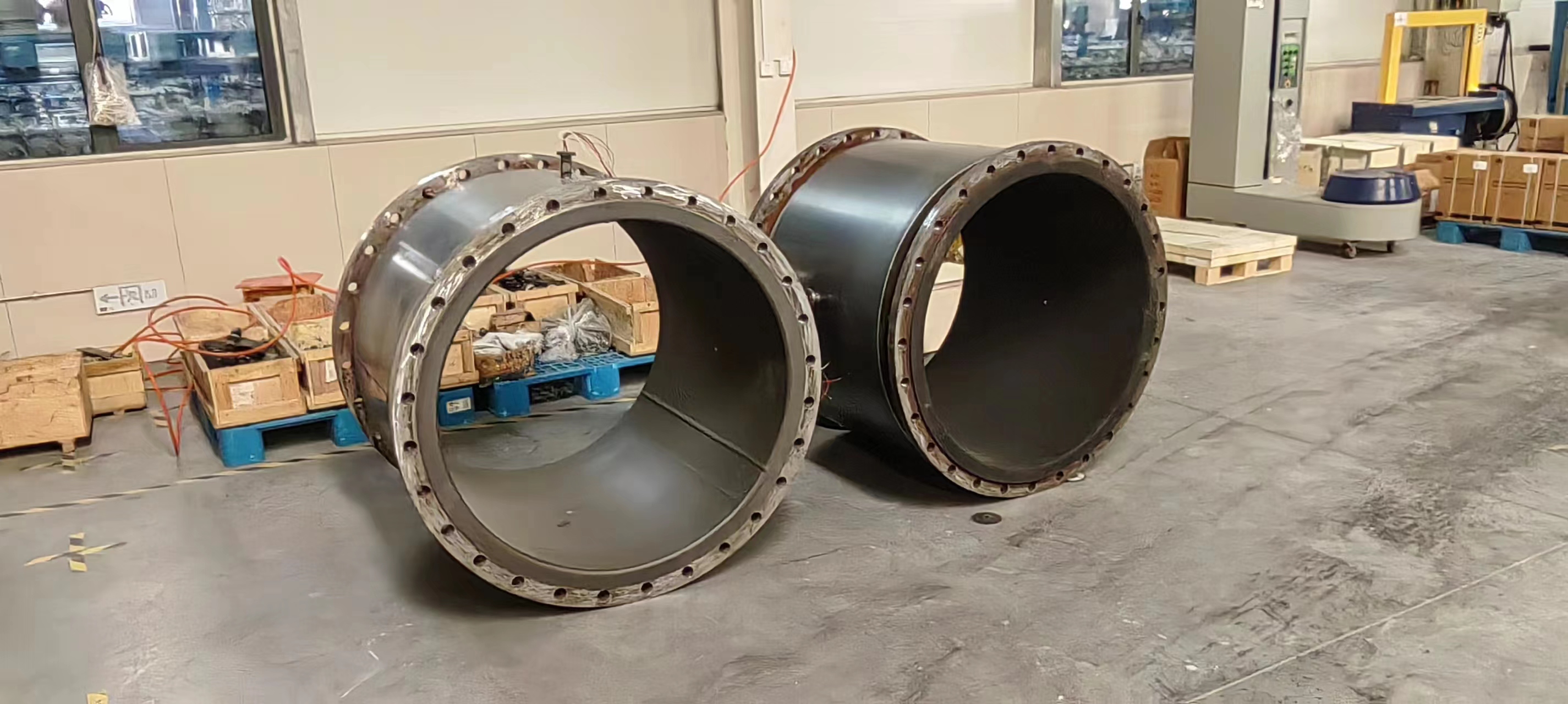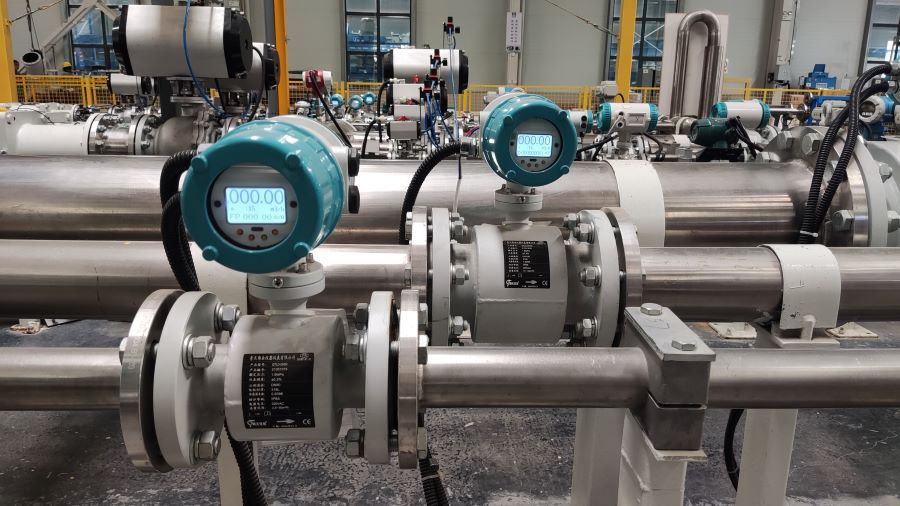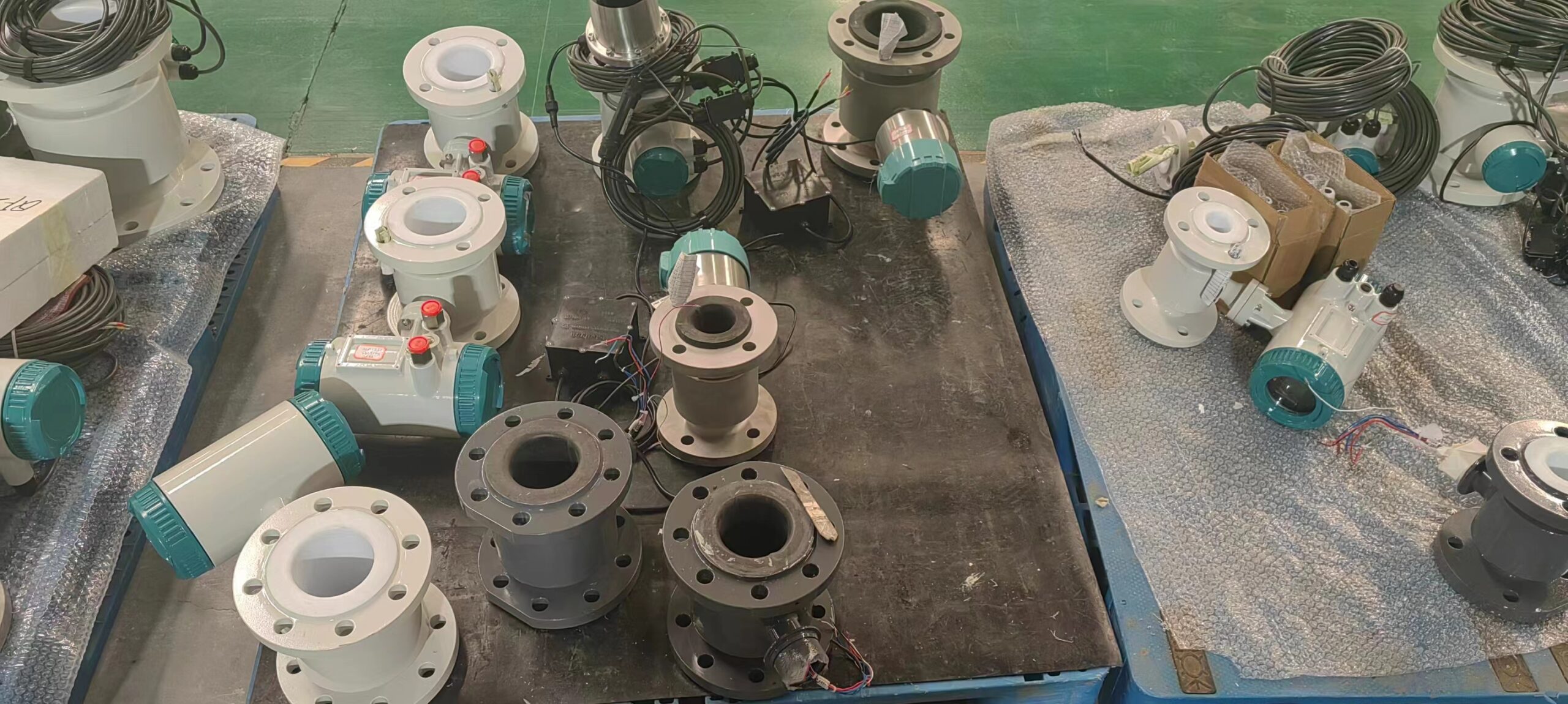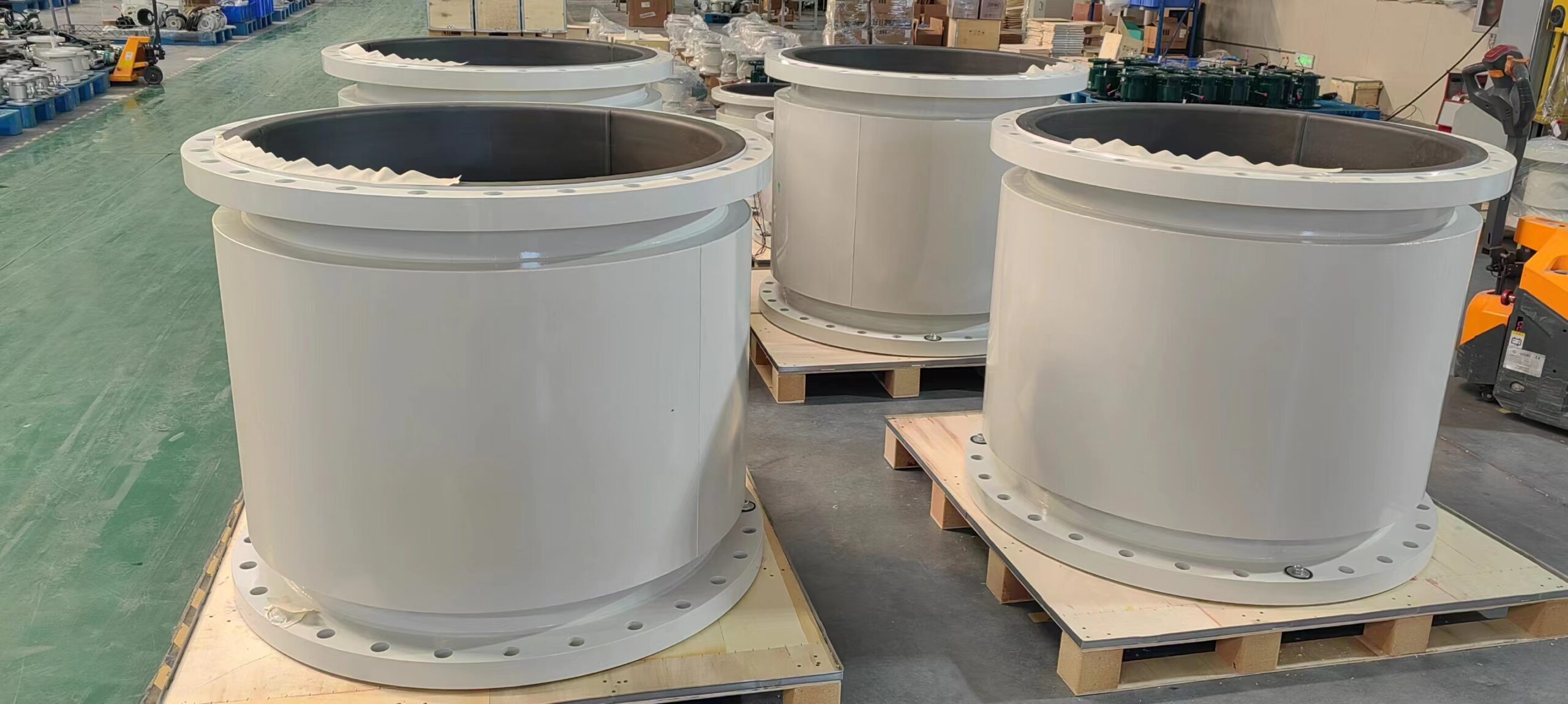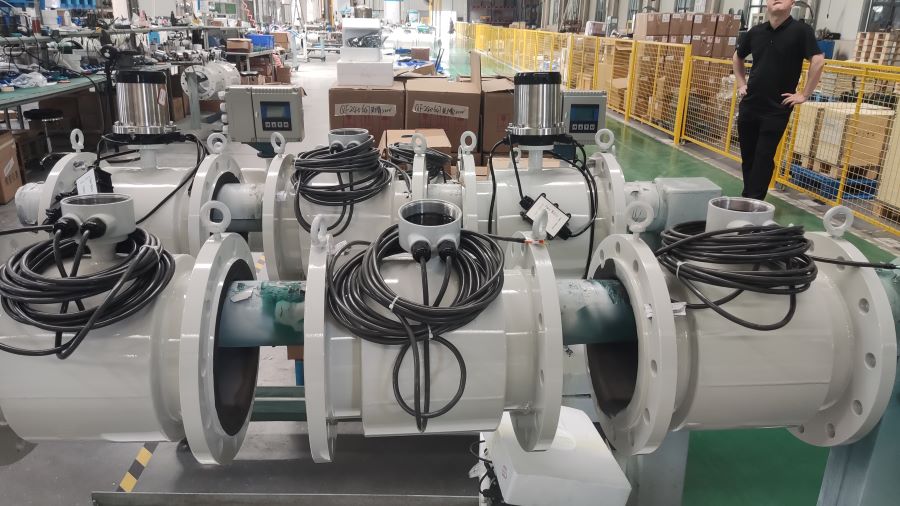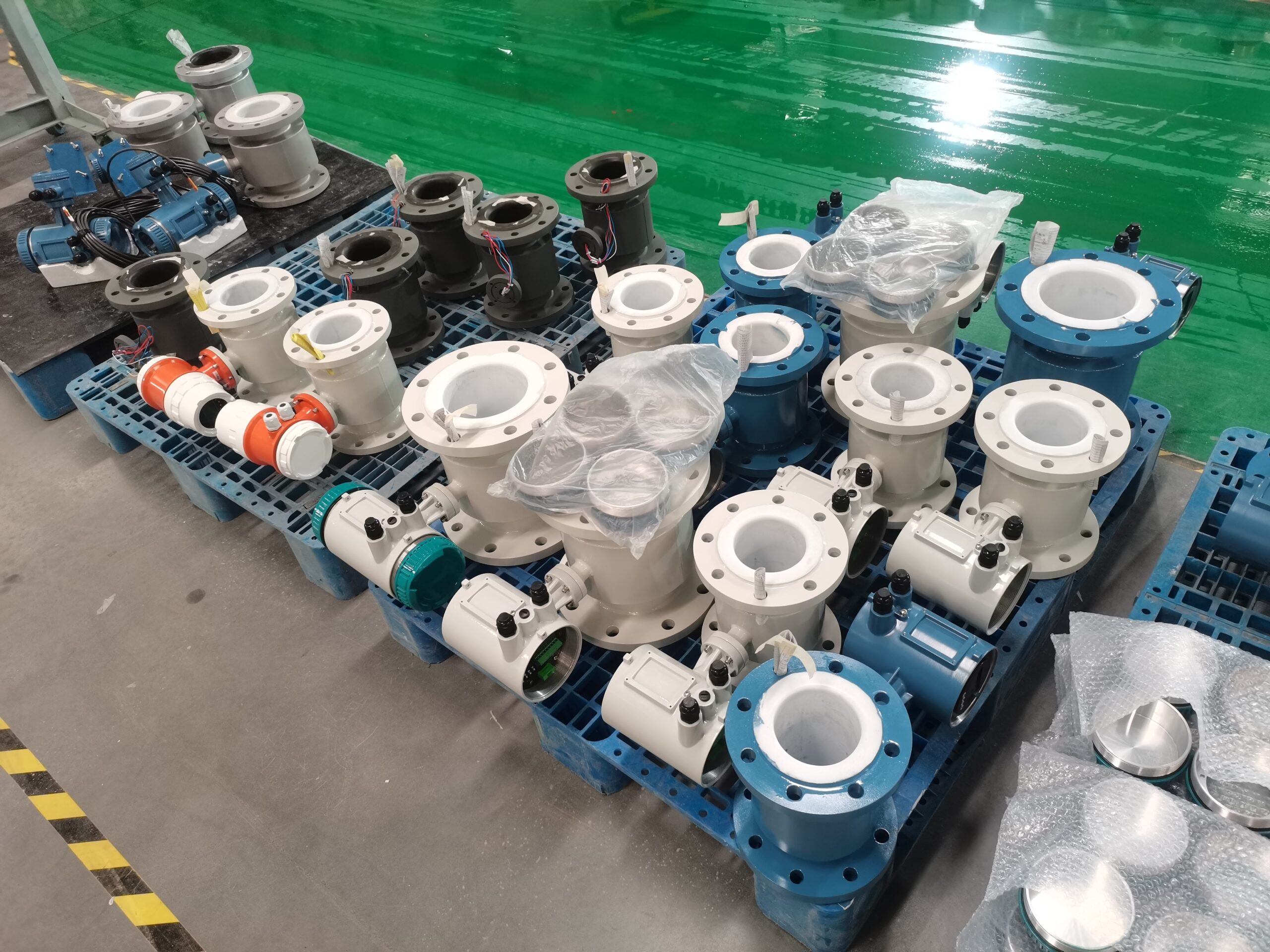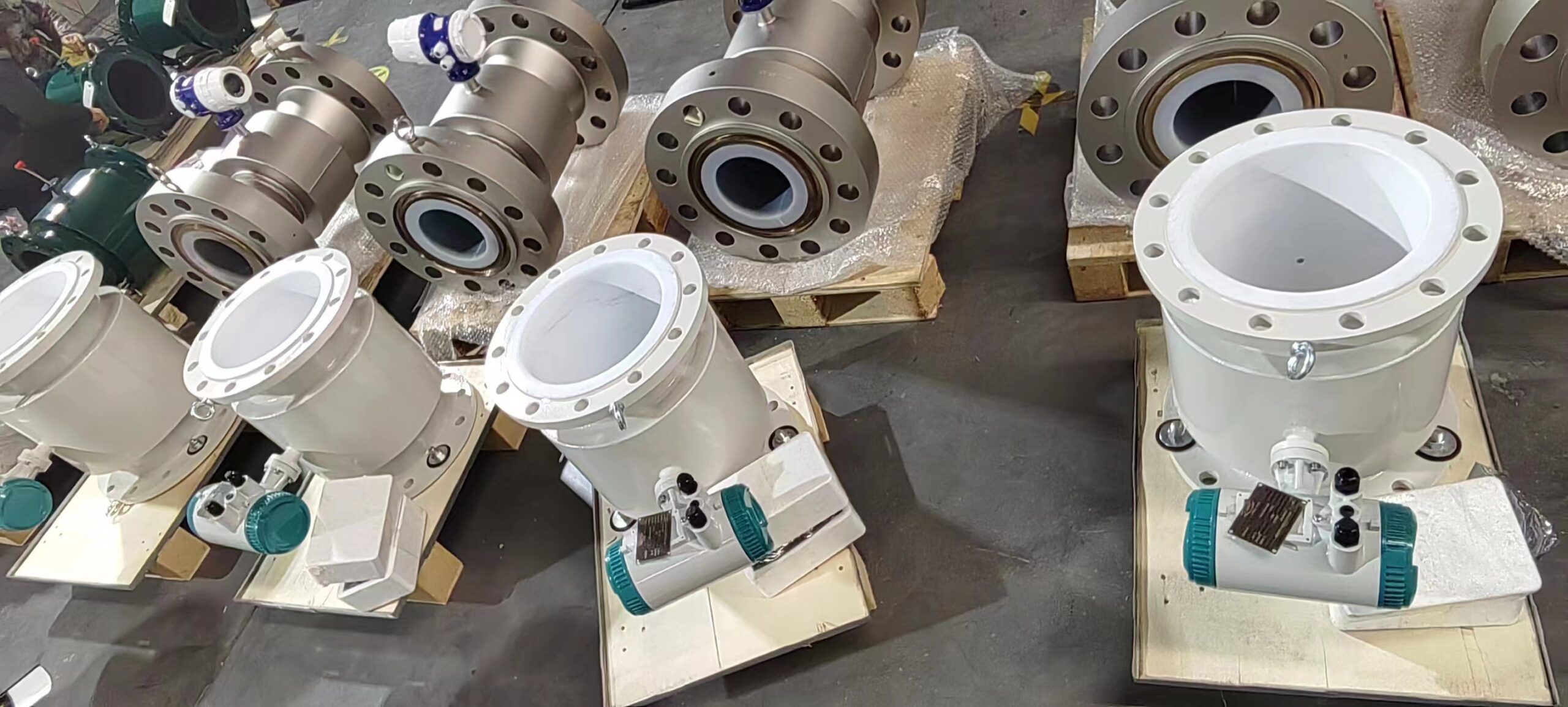The basic fault treatment method of intelligent electromagnetic flowmeter for sewage
Intelligent electromagnetic flowmeters are mainly used to measure the volume flow of conductive liquid and slurry in closed pipelines, including acid, alkali, salt and other highly corrosive liquids.
Basic fault treatment of intelligent sewage electromagnetic flowmeter:
1. No traffic is generated. Check whether there is a fault in the power supply and test whether the power supply voltage is normal; Test whether the fuse is on or off; Check whether the arrow of the sensor is consistent with the flow direction of the fluid, if not, replace the sensor installation direction; Check whether the sensor is full of fluid. If it is not, replace the pipe or install it vertically.
2. The signal gets smaller or drops suddenly. Test whether the insulation between the two electrodes is damaged or short-circuited, and the resistance value between the two electrodes is normally between (70 ~ 100)Ω; Dirt may be deposited on the inner wall of the measuring tube. The electrode should be cleaned and wiped, and the lining should not be scratched. Measure whether the tube lining is damaged, and replace it if it is damaged.
3. Zero point is unstable. Check whether the medium is full of the measuring tube and whether there are bubbles in the medium. If there are bubbles, the air eliminator can be installed upstream. If the horizontal installation can be changed to vertical installation; Check whether the instrument is properly grounded. If it is not properly grounded, perform level 3 grounding (ground resistance ≤100Ω).
4. The indicated traffic value is inconsistent with the actual value. Check whether the fluid in the sensor is filled with tubes and there are no bubbles. If there are bubbles, an air eliminator can be installed upstream; Check whether the grounding condition is good; Check whether there is a valve upstream of the flow meter, if so, move to the downstream or make it fully open; Check whether the converter range is set correctly, if not, reset the correct range.

